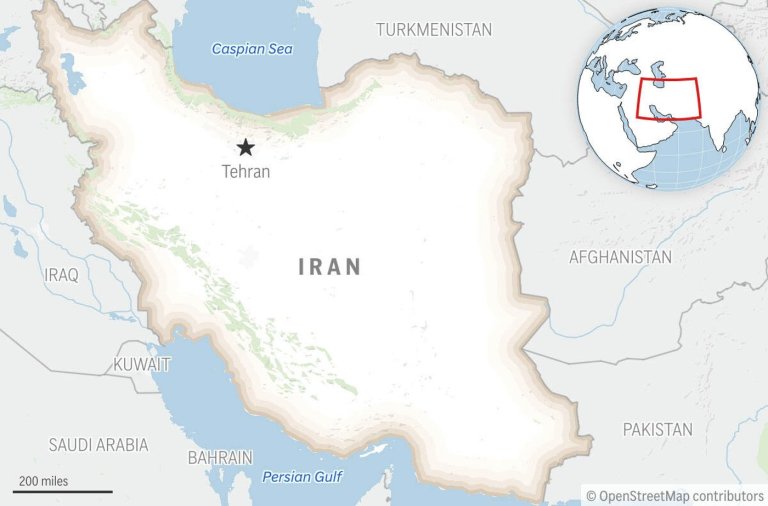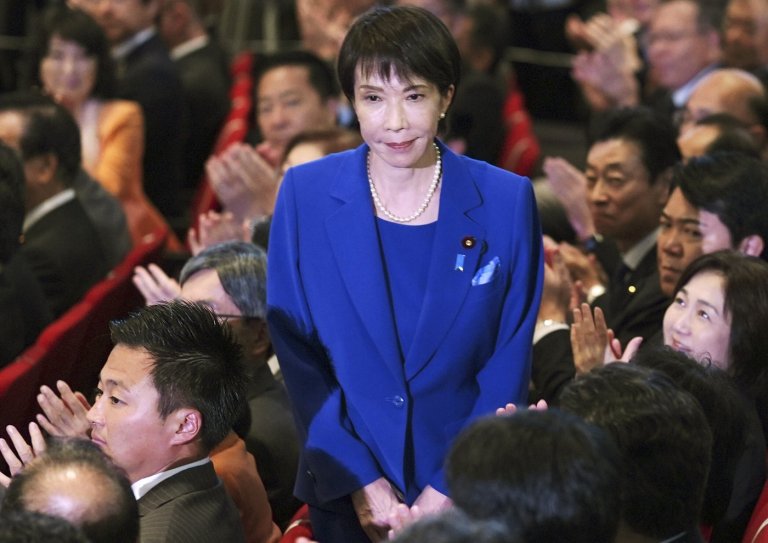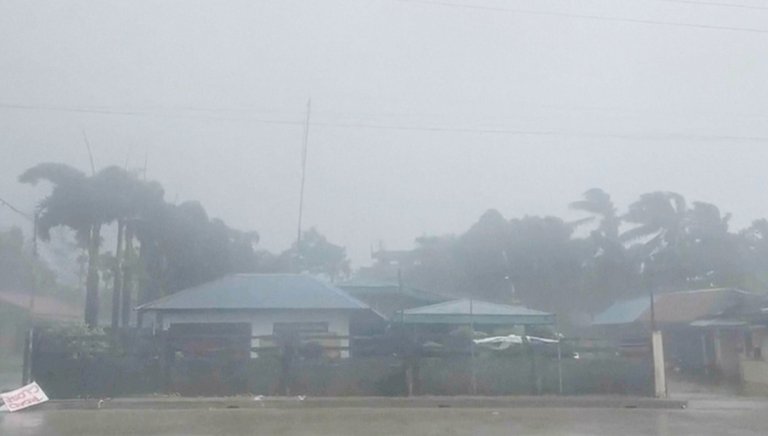Japan denies its jets were provocative in Chinese encounter
TOKYO – Japan on Tuesday denied an allegation by China that its fighter jets were provocative in an encounter with Chinese warplanes last month over disputed waters in the East China Sea, rejecting Chinese accusations that the incident could pose a threat to regional stability.
China said Monday that two Chinese Su-30 jets were conducting a routine patrol when two Japanese F-15 fighters approached at high speed and locked fire-control radar on the Chinese planes. It said in a statement that the Chinese pilots took “tactical measures” before the Japanese planes dropped an infrared decoy and fled. It gave no details of the measures taken by the Chinese.
“Such provocative acts by the Japanese jets could easily cause accidents in the air, harming personal safety on both sides and destroying the peace and stability in the region,” the Chinese statement said. “We demand Japan to cease all provocative acts.”
Japan denied that its fighter jets took any provocative actions during the encounter, saying they were scrambling against Chinese aircraft.
Deputy chief Cabinet secretary Koichi Hagiuda said Japan’s Air Self-Defence Force dispatched the F-15s after spotting two Chinese warplanes approaching the disputed waters.
“There is absolutely no evidence of provocative actions against the Chinese military aircraft by the Japanese side as in the Chinese defence ministry announcement,” he said. “There is no evidence whatsoever that fire-control radar was locked on.”
The use of fire-control radar in “search mode” to grasp each other’s location is common in case of scrambling, Hagiuda said, adding that it is used to avoid accidents and should not be considered provocative.
In the Chinese-language version of its statement, Beijing did not use the phrase “lock on” but said the Japanese jets used the radar to “shine on” the Chinese aircraft. Still, Beijing called the act “provocative.”
Citing unnamed government sources, the Japanese newspaper Yomiuri Shimbun said last week that the Chinese aircraft refused to retreat despite being warned and that jets from both sides flew at each other several times.
To avoid danger, a Japanese jet then launched an infrared decoy against potential missile attacks and left the area, the newspaper said.
The June 17 encounter took place near a set of barren islets claimed by both countries called Diaoyu in China and Senkaku in Japan. China in 2013 set up an air defence identification zone that covers the islands and overlaps with Japan’s claim of air space for defence.
The Japanese defence ministry said Tuesday that Japan scrambled against Chinese military planes about 200 times in April, May, and June, up more than 80 from last year in the same period. Tokyo has expressed concerns over China’s increased military activities in the region.
In mid-June, a Japanese surveillance plane spotted a Chinese intelligence ship entering Japan’s territorial waters, described then as the first report of a Chinese navy vessel doing so in more than a decade.
In that instance, Japan expressed concern to China that the incident and other recent Chinese military activities were escalating tensions.
Earlier last month, Japanese officials summoned China’s ambassador to protest the sailing of a Chinese navy ship near the disputed islands.
___
Tang reported from Beijing.
Join the Conversation!
Want to share your thoughts, add context, or connect with others in your community?
You must be logged in to post a comment.


















